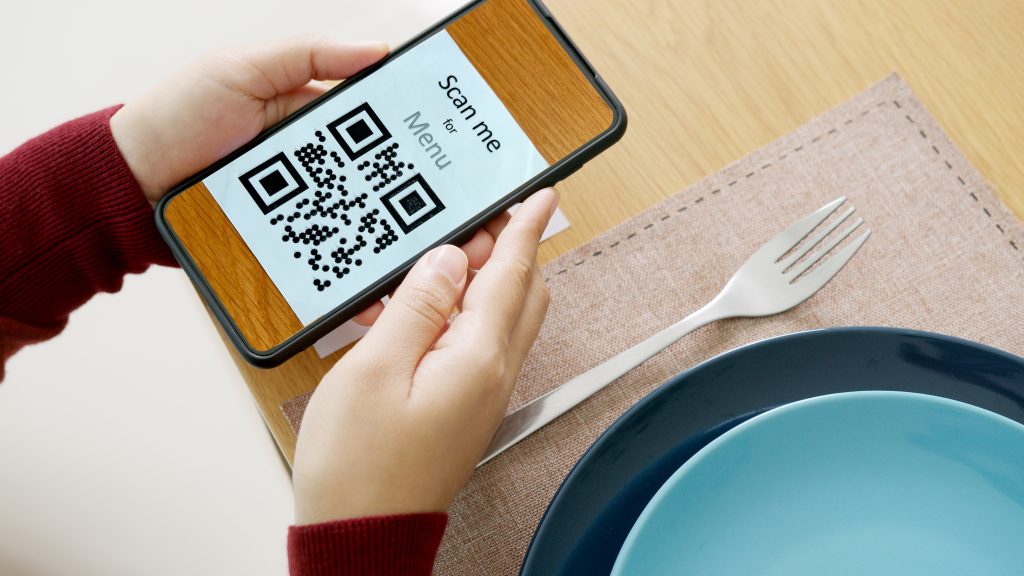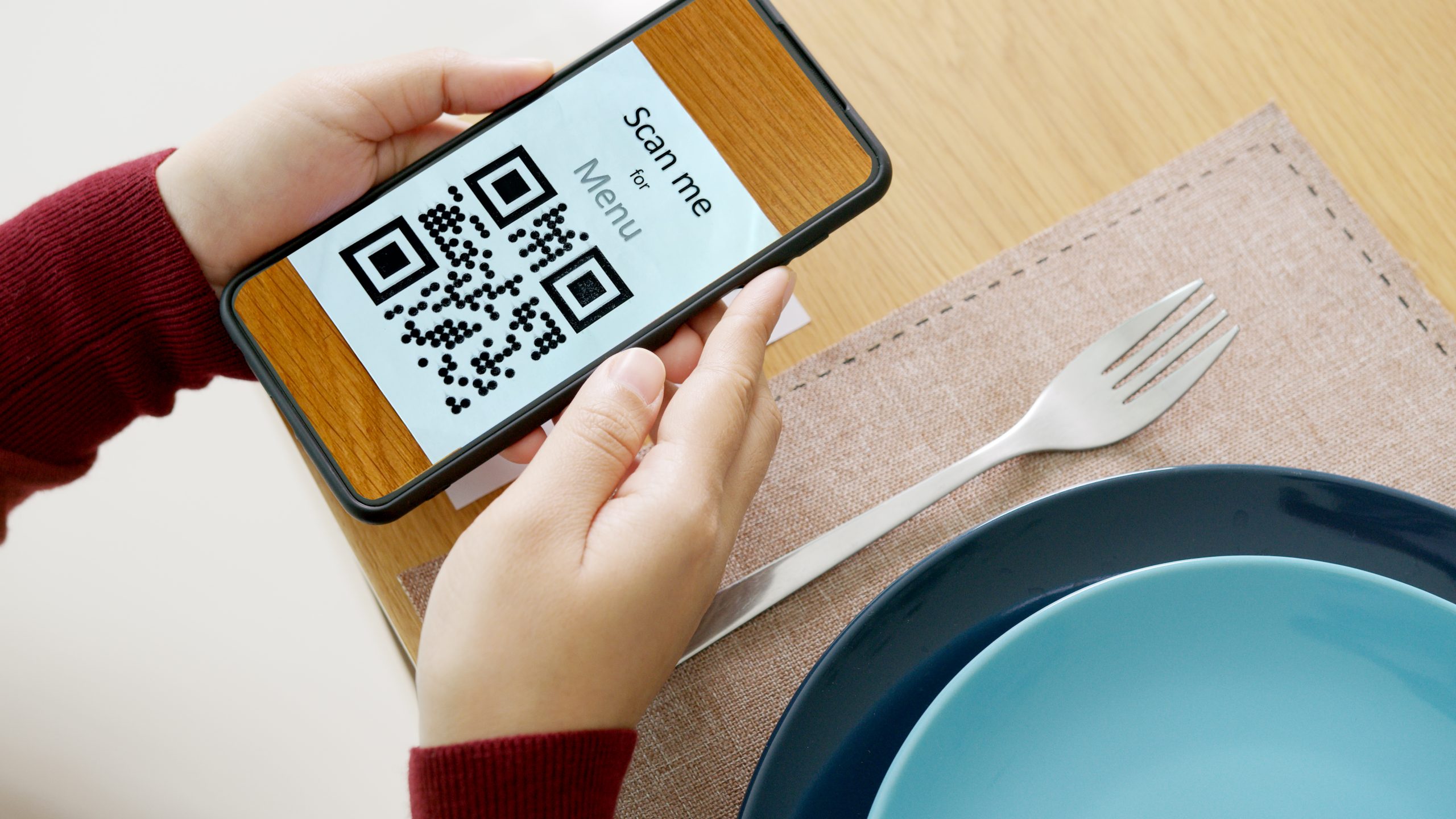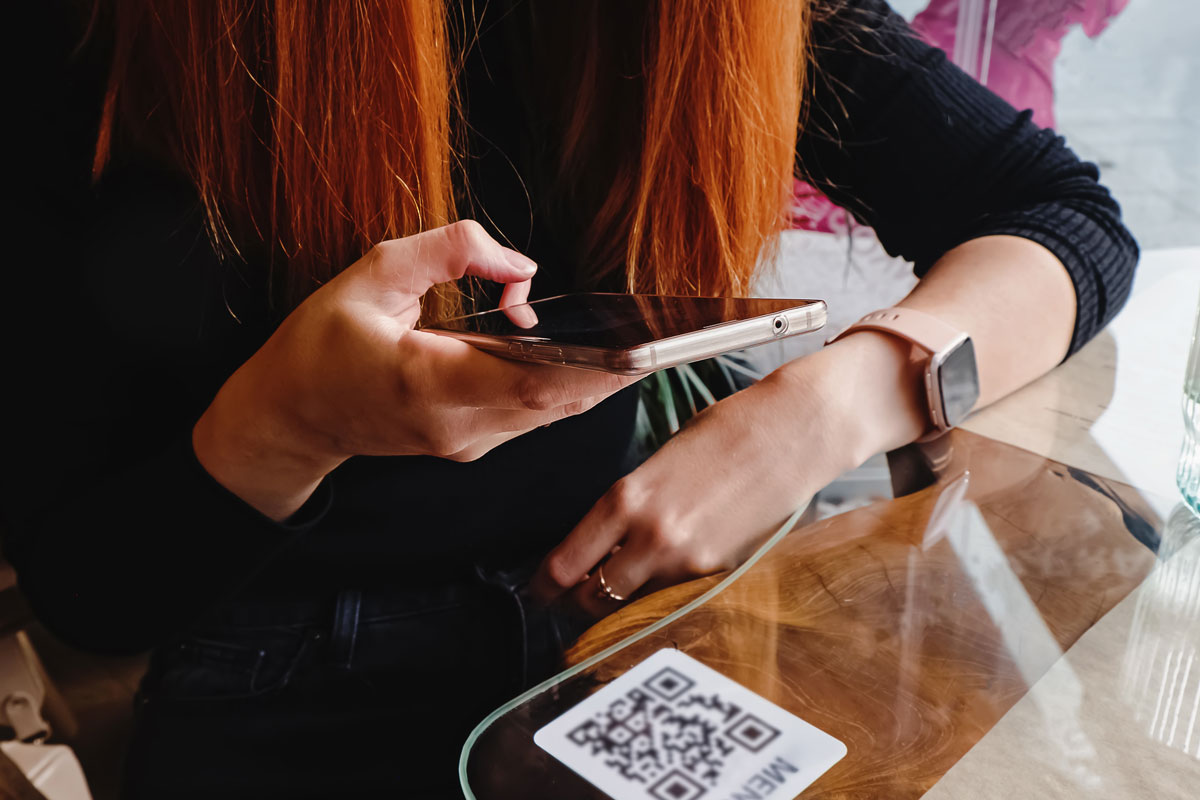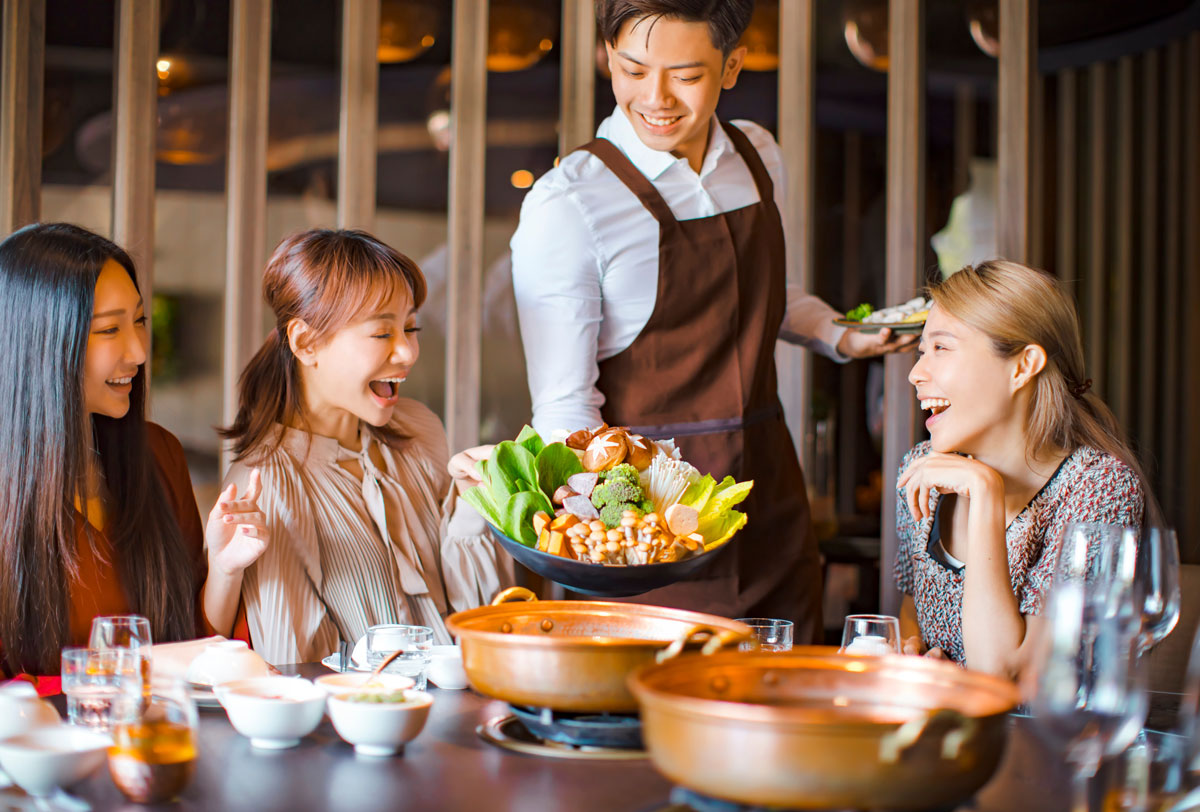QR Ordering has become a game-changer for F&B businesses, streamlining how customers browse menus, place orders, and pay, all from their smartphones. This article explains what an F&B QR Ordering System is, how it works, and why more restaurants are adopting it to improve efficiency, customer experience, and revenue.

What Is QR Ordering?
QR Ordering is a digital system that allows customers to scan a QR code placed on tables, counters, or menus to access an online menu. Instead of waiting for staff, customers can browse, place orders, and sometimes pay directly from their smartphones.
In the F&B industry, QR Ordering Systems are designed to reduce operational bottlenecks, cut down wait times, and improve order accuracy. They also give restaurants flexibility to update menus instantly, push promotions, and manage customer flow more efficiently.
How Does an F&B QR Ordering System Work?
An F&B QR Ordering System integrates several functions into one seamless process:
- QR Code Placement – Restaurants place QR codes on tables, counters, or takeaway materials.
- Menu Access – Customers scan the code and instantly view the digital menu on their smartphones.
- Order Placement – Items are selected, customised (such as add-ons or dietary preferences), and sent directly to the kitchen.
- Payment – Depending on the system, customers can either pay online via e-wallets like Apple Pay, Google Pay or Alipay or request the bill for traditional payment methods.
- Order Management – Staff and kitchen teams receive clear, real-time updates, reducing errors and delays.
This digital ordering flow allows for faster service and more efficient use of manpower.
Benefits of QR Ordering for Restaurants and Cafés
F&B operators are increasingly adopting QR Ordering Systems because of the measurable advantages they bring:
- Improved Efficiency: Staff spend less time taking orders and more time focusing on service quality.
- Higher Table Turnover: Faster ordering and payment processes free up tables sooner, boosting revenue.
- Upselling Opportunities: Digital menus can highlight promotions, suggest add-ons, and encourage larger orders.
- Reduced Errors: Orders go directly to the system, minimising mistakes from misheard instructions.
- Cost Savings: Less reliance on printed menus and fewer staff hours needed for routine tasks.
- Customer Experience: Diners enjoy shorter wait times and more control over their orders.
Common Features of a QR Ordering System
While features vary by provider, most QR Ordering Systems include:
- Digital menu management with real-time updates
- Order customisation options (allergies, portion sizes, add-ons)
- Integrated payment gateways
- Multi-language support for diverse customer bases
- Analytics dashboards to track sales, popular dishes, and peak times
- Integration with POS systems for smooth backend operations
These features make the system not just a tool for ordering but a core part of restaurant management.
Is QR Ordering Right for Your F&B Business?
While QR Ordering is highly effective, it may not fit every establishment. Consider the following before implementing:
- Customer Demographics: Tech-savvy diners are more likely to embrace QR systems, while older customers may prefer traditional service.
- Restaurant Size: High-volume venues benefit the most, but even small cafés can reduce wait times with QR ordering.
- Menu Complexity: Restaurants with customisable menus or frequent specials benefit from digital updates instead of costly reprints.
- Staffing Needs: If you struggle with manpower shortages, QR Ordering can help redistribute workload effectively.
For many F&B operators, the decision often comes down to balancing customer expectations with operational efficiency.
How to Get Started with QR Ordering
If you’re considering adopting a QR Ordering System, here are the steps to follow:
- Assess Your Needs – Identify bottlenecks in your current workflow and define goals (e.g., faster turnover, higher sales, fewer errors).
- Choose a Provider – Look for an F&B-focused QR Ordering System that integrates with your POS and payment solutions.
- Customise Your Menu – Ensure your digital menu is well-designed, easy to navigate, and includes appetising images.
- Train Your Staff – Even with automation, staff should be comfortable assisting customers unfamiliar with the system.
- Promote to Customers – Use signage, table tents, and staff recommendations to encourage adoption.
Why QR Ordering Pays for Itself
Implementing a QR Ordering System requires investment, but the ROI is clear:
- Lower operating costs → Fewer staff needed during peak hours.
- Higher sales per customer → Digital upselling increases check sizes.
- More customers served → Faster turnover means more covers per day.
- Smarter decisions → Data-driven insights for promotions and inventory.
For most restaurants, the system pays for itself within months through increased revenue and reduced labour costs.
The Future of F&B Ordering Systems
The adoption of QR Ordering Systems accelerated during the pandemic, but the trend continues because of their long-term benefits. As digital habits grow, customers expect convenience and speed in dining experiences. Future systems will likely feature AI-driven upselling, personalised recommendations, and even loyalty integration.
Restaurants that embrace this technology now can stay ahead of competitors while delivering a modern dining experience that customers appreciate.
QR Ordering is more than just a trend; it’s a practical solution that helps F&B businesses optimise operations, boost sales, and satisfy customers. Whether you run a café, restaurant, or bar, adopting an F&B QR Ordering System could be the step that sets your business apart.
If you’re ready to explore the right QR Ordering System for your restaurant, get in touch with our team today and discover how digital ordering can transform your F&B operations.
More than 6,000 SME owners have chosen us, why haven’t you?
Submit your details and our experienced SME team will reach out to schedule a consultation to check on your SME grant eligibility and get a FREE POS demo!




